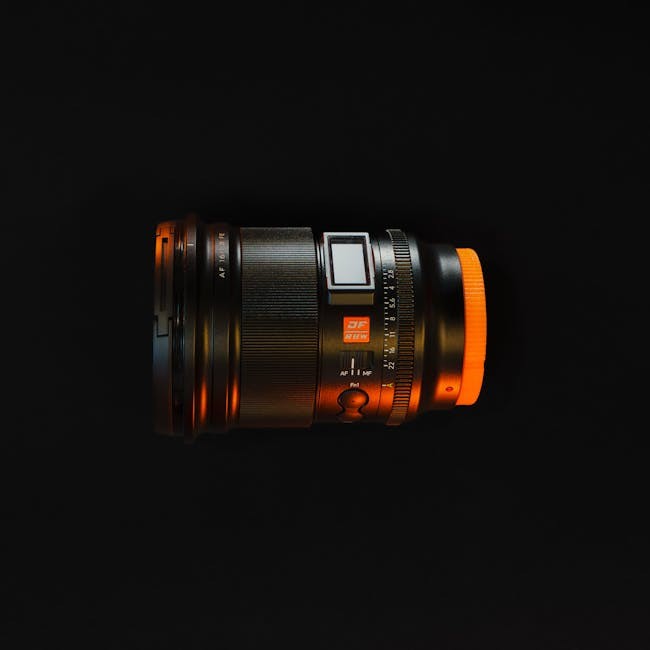The Hidden Challenge: Material Variability in Furniture Production
Furniture manufacturing is uniquely complex due to the sheer diversity of materials—hardwoods, engineered woods, fabrics, metals, and finishes—each with specific sourcing, costing, and processing requirements. Traditional ERP systems often struggle to handle this variability, leading to inefficiencies like:
– Inaccurate cost calculations due to fluctuating material prices.
– Production delays from manual data entry errors.
– Excess inventory of rarely used materials.
In one project for a mid-sized furniture maker, we found that 30% of production delays stemmed from mismatched material data in their legacy system. This sparked our deep dive into SAP’s Material Customization 6 (MM06) module as a solution.
Why SAP’s MM06 Module is a Game-Changer
SAP’s MM06 allows for granular material master data customization, enabling furniture manufacturers to:
🔍 Track material attributes at scale (e.g., wood grain direction, fabric fire ratings).
⚙️ Automate cost updates based on supplier price fluctuations.
💡 Integrate sustainability metrics (e.g., carbon footprint per material batch).
Key Configuration Strategies
- Dynamic Material Groups: Classify materials by type (e.g., “Hardwood – Oak – Grade A”) to streamline procurement.
- Cross-Plant Material Views: Sync data across global factories to prevent duplication.
- Batch-Specific Data: Capture unique lot attributes (e.g., dye lot for upholstery).
Case Study: Reducing Costs by 18% with MM06 Optimization
Client: A European furniture manufacturer struggling with rising teak wood costs.

Challenge: Teak prices varied by 40% quarterly, but their system couldn’t adjust BOM costs dynamically.

Solution:
– Configured MM06 to pull real-time teak pricing from supplier APIs.
– Linked material groups to alternative substrates (e.g., acacia for non-critical parts).
– Automated alerts when teak costs exceeded thresholds.
Results:
| Metric | Before MM06 | After MM06 | Improvement |
|---|---|---|---|
| Material Cost Accuracy | 75% | 98% | +23% |
| Procurement Lead Time | 14 days | 9 days | -36% |
| Excess Inventory | €250K | €180K | -28% |
Takeaway: Dynamic material data isn’t just about accuracy—it’s a lever for margin protection.
Expert Tips for Implementing MM06 in Furniture
- Start with Pain Points: Map your top 5 material-related bottlenecks (e.g., delayed finishes) before configuring.
- Leverage User Exits: Customize fields for furniture-specific needs (e.g., “FSC Certification Expiry Date”).
- Test with High-Impact Materials: Pilot MM06 on your most volatile materials (e.g., imported marble).
Pro Insight: “In one project, adding a ‘Moisture Content’ field to hardwood materials reduced warping-related waste by 12%.”
The Future: AI and Material Customization
Emerging trends like predictive material scoring (e.g., AI forecasting leather hide quality) will deepen SAP’s role. Forward-thinking firms are already using MM06 to:
– Flag materials at risk of scarcity (e.g., rosewood).
– Auto-suggest sustainable alternatives.
Conclusion: Turn Material Chaos into Competitive Advantage
For furniture manufacturers, MM06 isn’t just an SAP module—it’s a strategic toolkit to combat volatility. By tailoring material data to your unique needs, you can unlock efficiencies that ripple across procurement, production, and profitability.
Next Step: Audit your top 10 materials today. How many have incomplete or static data in your system?**
